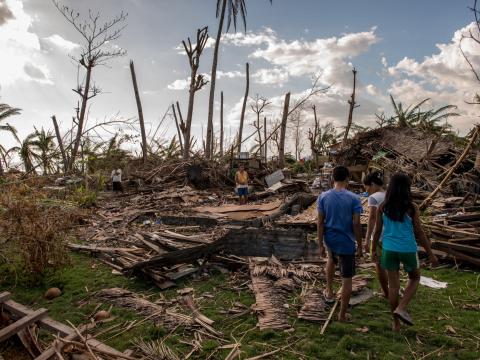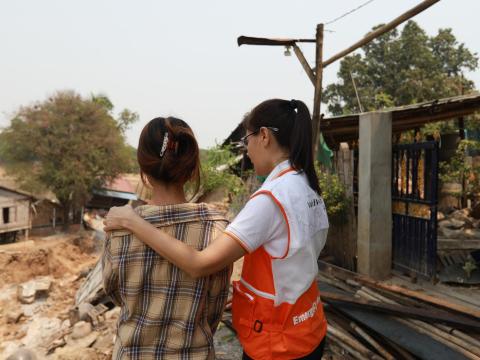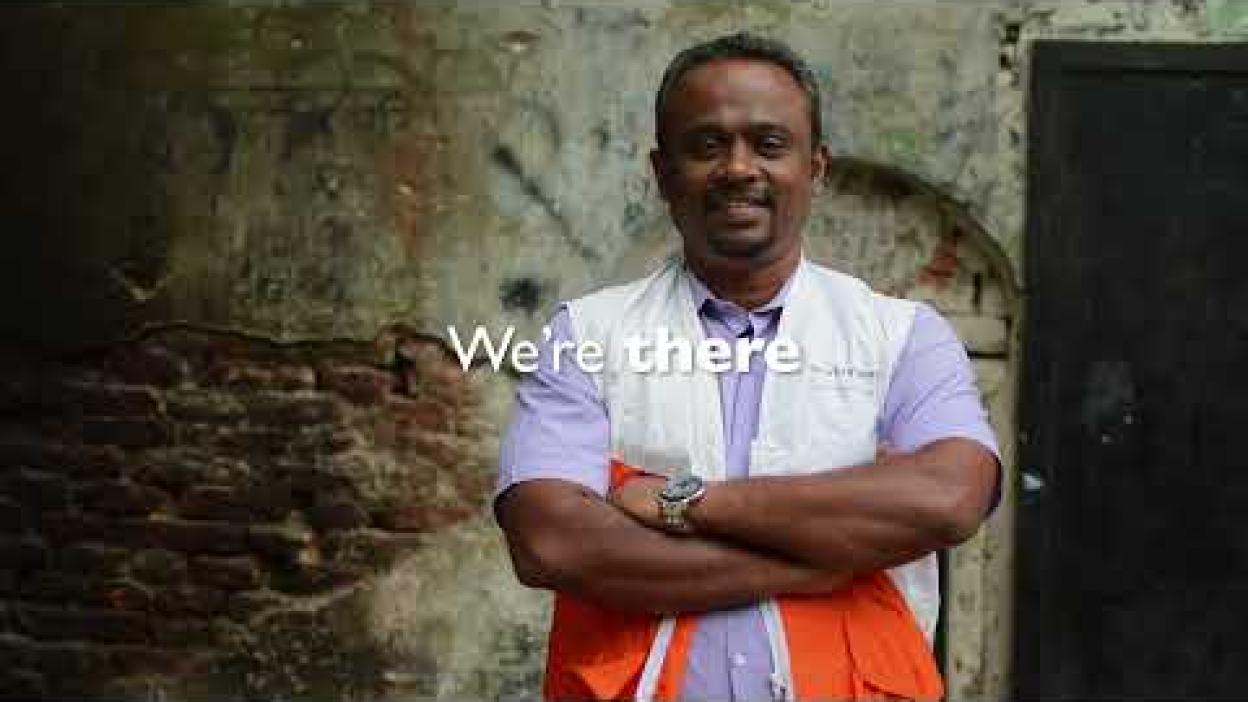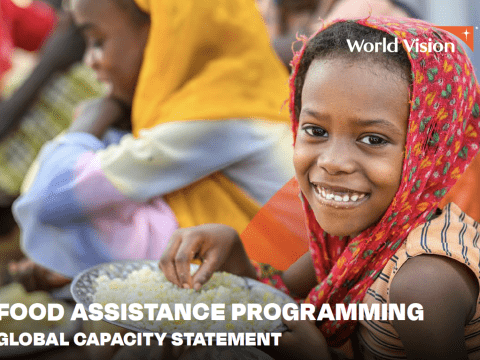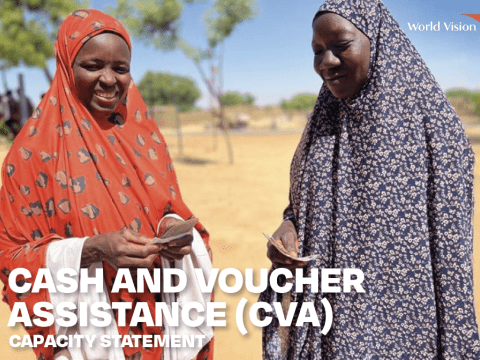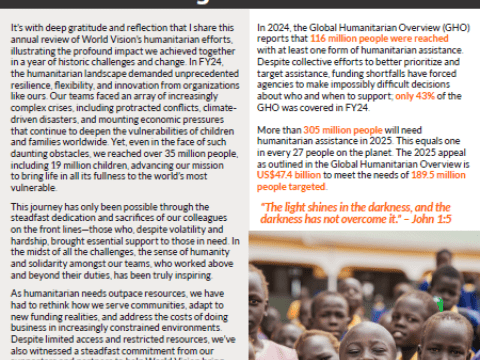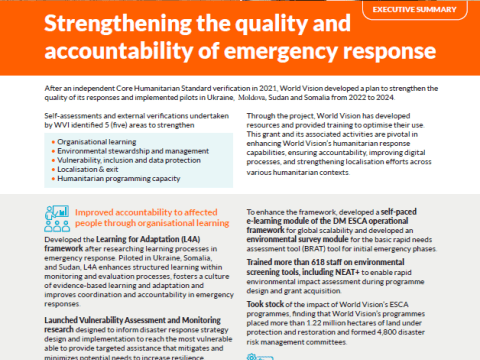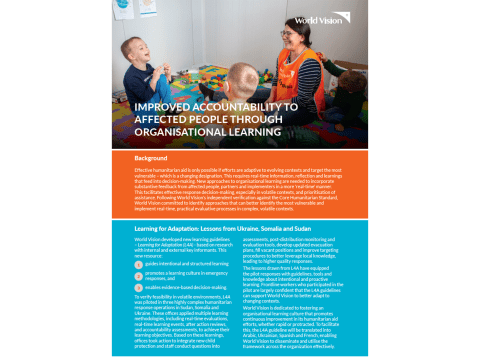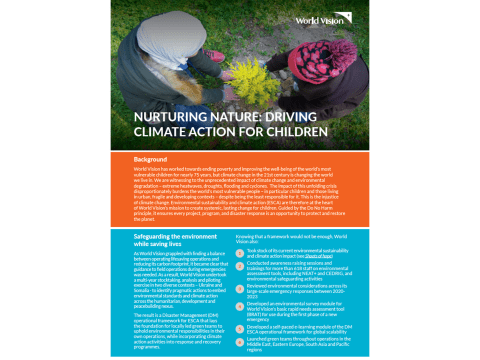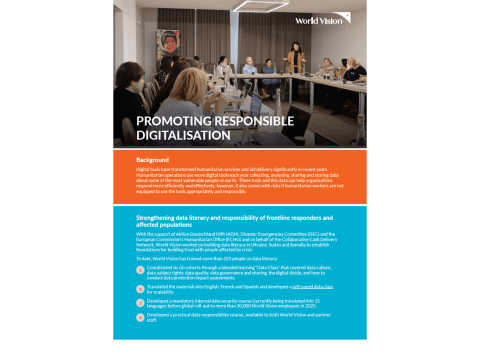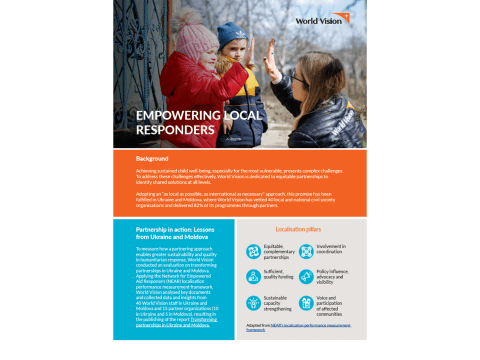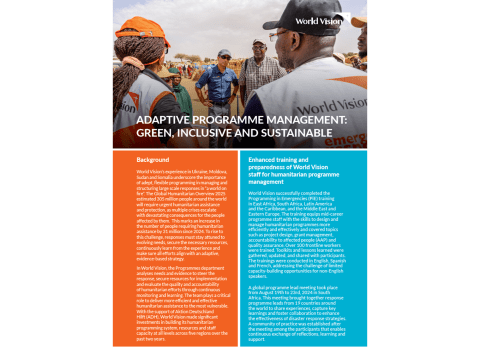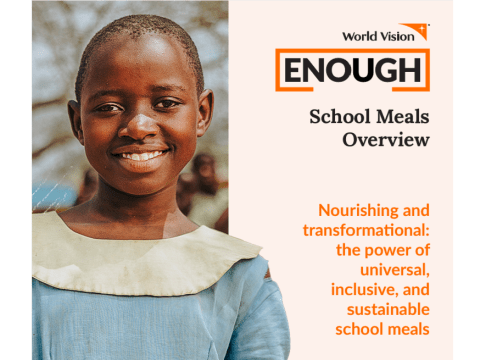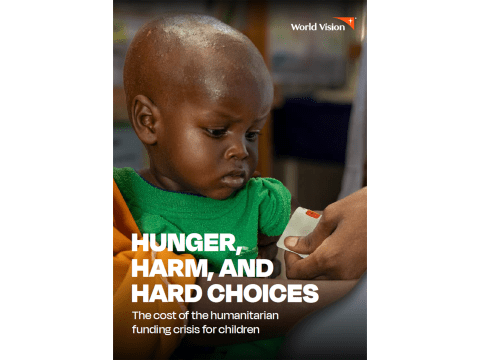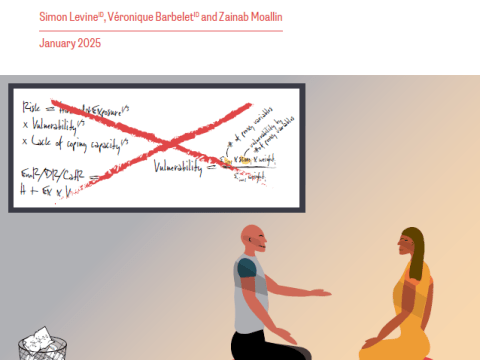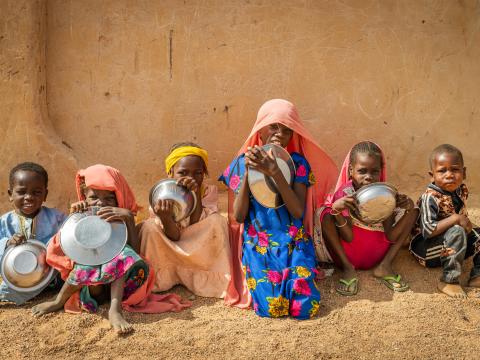Disaster Management
Our Impact
A System Under Pressure
Humanitarian needs are surging, with over 239 million people requiring aid as conflict, climate shocks, and displacement intensify. In 2025, 295 million people faced food crises across 53 countries, while 1.4 million endured catastrophic hunger in Sudan, Gaza, Yemen, and beyond. Funding gaps are widening—only $12B raised of $45.3B needed, forcing painful prioritisation and threatening core humanitarian principles.
As extreme weather and misinformation escalate risks, the sector faces its deadliest year for aid workers and a projected sharp funding contraction ahead.
We did not lose sight of our mission to reach children and their families with life-saving humanitarian assistance.
Our Approaches
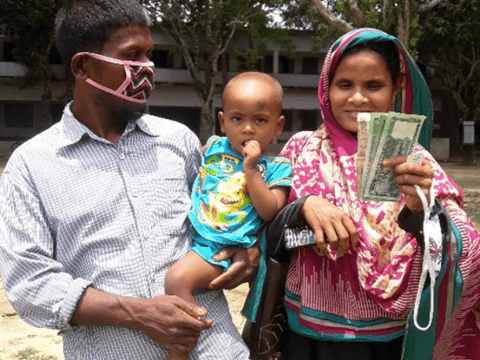
Cash voucher programming
Through cash voucher programming, we maximise financial and digital inclusion, economic resilience and child-sensitive social protection in conflict, climate and cost-of-living crises.
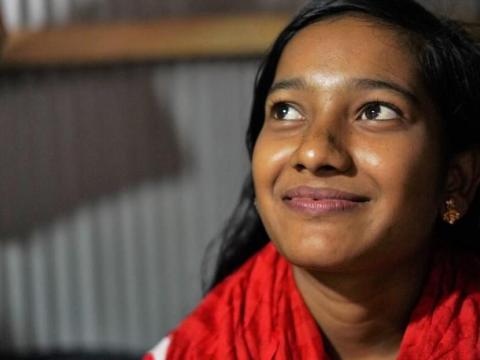
Child Protection
We design and deliver our efforts so as children can have a safe place to be & play, be reunited with their families, eat and have shelter, meet friends and go to school and understand what their rights are and ways to speak out for themselves to governments, donors and decision makers who can change the course of their destiny.
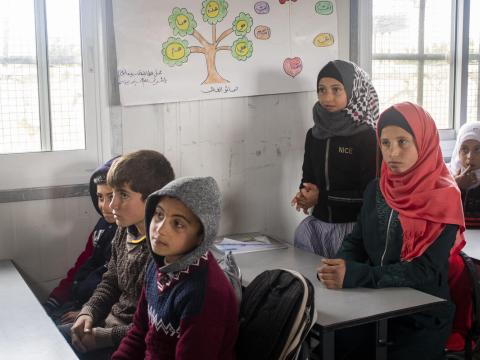
Education in Emergencies
When crisis strikes, education seems to not be the top priority for political leaders.
We work with partners in the education sector and beyond to support children through holistic, collective, and intersectoral approaches with a long-term view.

Faith in Emergencies
We partner with faith communities to come alongside humanitarian actors. Through this relationships with communities are strengthened, assistance programs are better aligned with community needs, and grassroots support for longer term impact is enhanced.
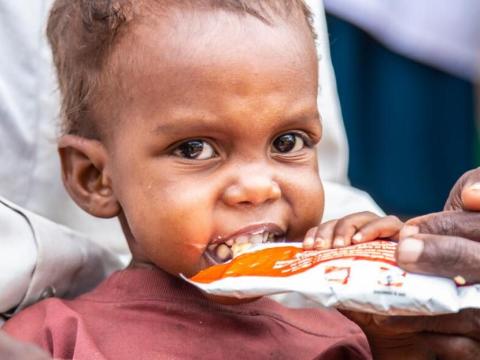
Food securities in emergencies
Whenever there is any crisis, hunger goes hand in hand.
We believe every child and family have the right to enough nutritious food each day to live a healthy life. To ensure children and families do not have to go to bed hungry, World Vision provides life-saving food and cash assistance to communities, schools and vulnerable groups.
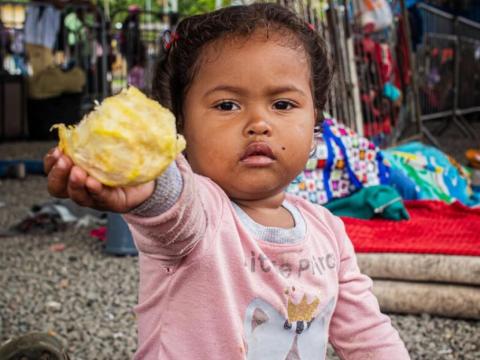
Health and Nutrition in Emergencies
Humanitarian crises have a significant impact on the health and well-being of affected populations, and the primary goal of any response is to reduce and prevent morbidity and mortality. Crisis may erode social support systems which may result in negative coping mechanisms, reduction in help seeking behaviours, increase in incidence of protection and Gender Based Violence and the subsequent health impacts.
We work to ensure access to lifesaving health care is crucial in any humanitarian crisis and includes health promotion, prevention, treatment, and rehabilitation.
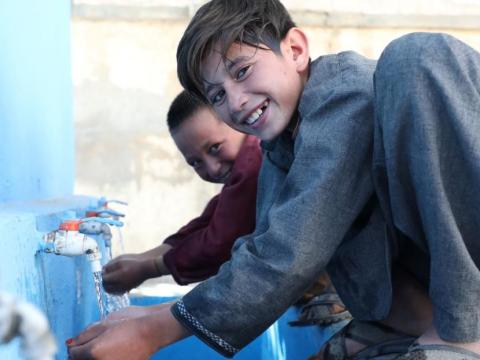
Water, sanitation and hygiene in emergencies
No country is immune to disaster, both man-made and natural. Interruptions in water, sanitation and hygiene (WASH) systems and services can lead to outbreaks of diseases like diarrhoea and cholera that disproportionately impact children.
In the early days of an emergency, we focus on providing immediate, life-saving WASH services in order to ensure survival of the most affected and most vulnerable children, families and communities. In the months following an emergency, we add programme activities that help communities recover and build back stronger than they were before.
World Vision’s priority is to serve the most vulnerable by implementing programs to meaningfully impact their well-being.

